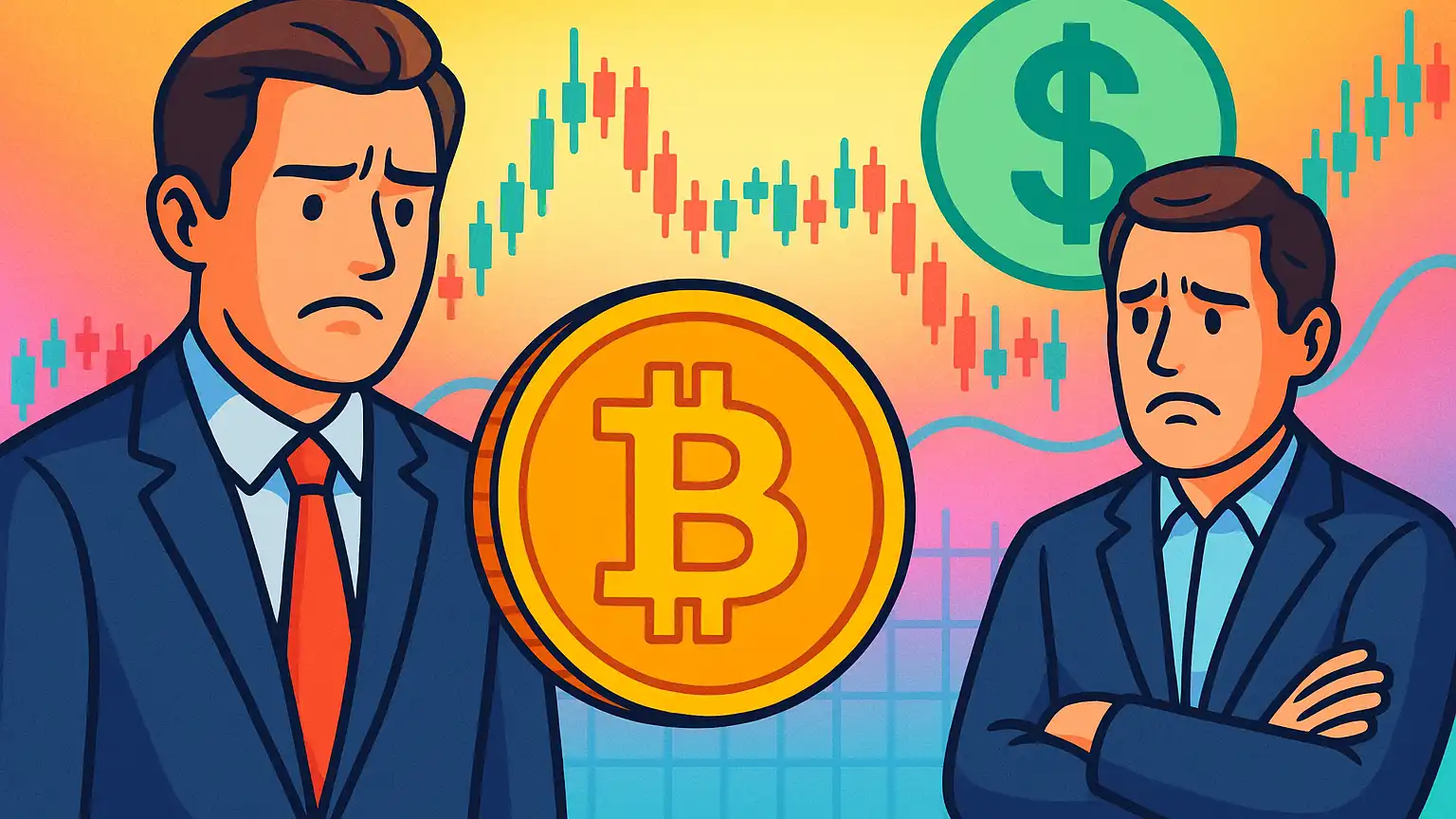Speculation is mounting over proposals for a sovereign Bitcoin reserve. While the concept promises enhanced digital asset adoption and a hedge against inflation, critics warn it could trigger market dislocations and undermine existing monetary frameworks.
Market Volatility and Liquidity Challenges
Creating a sizable government-held Bitcoin stash would send shockwaves through crypto markets. Massive buy or sell orders could spark wild price swings, while concentrated holdings risk draining liquidity from exchanges. Traders anticipating central bank maneuvers might exacerbate short-term volatility, leading to rapid corrections and flash crashes.
- Sharp BTC price fluctuations tied to official reserve disclosures
- Exchange order books thinning as large volumes are locked away
- Heightened arbitrage activity that magnifies intraday swings
Pressure on the US Dollar
Backing national reserves with Bitcoin challenges the primacy of major fiat currencies, particularly the US dollar. If investors perceive Bitcoin as a credible parallel store of value, capital could flow out of dollar-denominated assets, weakening exchange rates and compelling central banks to deploy unconventional measures.
Competitive devaluations may emerge as nations scramble to shield their currencies, potentially destabilizing international trade balances and fueling protectionist sentiments.
Regulatory and Security Complexities
Handling extensive Bitcoin reserves demands airtight custody solutions and rigorous multi-signature governance. A single breach or mismanagement incident could result in severe financial losses and erode trust in any state-backed crypto initiative.
Regulators must also clarify tax treatment, reporting standards, and compliance protocols. Without clear guidelines, ambiguous rules risk stalling institutional involvement and complicating cross-border transactions.
Balancing Innovation with Stability
The allure of a national Bitcoin reserve lies in its symbolic break from traditional monetary policy, but abrupt implementation carries significant risks. A phased approach—blending limited allocations with stress testing and private-sector collaboration—could mitigate severe market impacts.
Ultimately, integrating cryptocurrencies into sovereign reserves demands a careful equilibrium: fostering innovation and safeguarding financial stability, all while maintaining confidence in both digital and fiat ecosystems.

